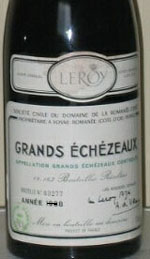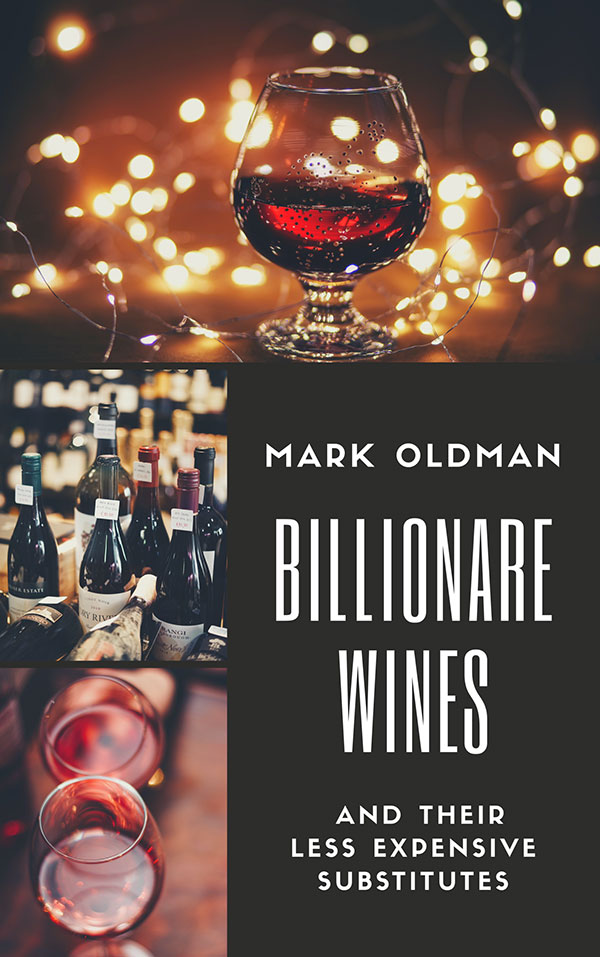Aged wine is a delicate game to play. Like the Tootsie Pop owl who is asked how many licks it takes to get to the center of the pop, I am often asked how many years can pass before a fine wine is finally “licked”.


First, I remind the questioner that precious little wine actually becomes more pleasurable and interesting with age. Only about two percent of the world’s wine is ageworthy, much of it rich, tannic renditions of vintage Port, Cabernet Sauvignon and Cab blends like red Bordeaux, and monstrosities such as Barolo and Brunello.
It is commonly held that fine versions of red Burgundy, being of more delicate Pinot Noir stock, aren’t nearly as ageworthy as the tannic powerhouses above, but can often strut their stuff in their first decade of existence and, in exception cases, perhaps even through a second decade.
You can imagine how surprised I was at a recent tasting of red Burgundies to find that bottles from 50’s, 40’s, 30’s, and even 20’s were not only drinkable, but often superior. Expressions of delight and intrigue flew around the table: “cherry smoke,” “rose petals,” “violets,” “bacon,” “tea,” even “fresh cod”. Remarkably, only one of the 14 artifacts of aged wine we tasted failed to pull through, a corked bottle of 1943 DRC La Tache.
The biggest stunner of the night was the outright deliciousness of an octogenarian from Savigny-Les-Beaune, a Burgundian appellation known for excellent everyday wine, not long-term agers. It showed medium-deep brick-red color, with surprisingly vibrant notes of red fruit and beetroot, joined by a touch of oxidation on the nose, and a smooth, slighty dry sensation on the palate. The year of this delectable dark horse: 1923, making it the age equivalent of Henry Kissinger and the heyday of silent movies.
What allowed these museum pieces to stand the test of time? Surely, each was a paragon of quality and ageworthiness (with requisite levels of fruit, tannin, and acidity) and each was impeccably stored under temperature-controlled conditions. Given the rarity of so many Burgundies weathering so many years, perhaps these aged wines (and those who imbibed them) were also the recepients of some sort of divine, Dionysian beneficence from above.
The night’s line-up:
’70 Romanee-Conti – DRC
’61 La Romanee – Leroy
‘61 Musigny – Jean Hudelot
‘61 Richebourg – Gros-Renaudot
’59 Musigny – Vogüé (my overall favorite)
’52 Chambertin – Clos de Beze – Joseph Drouhin
’49 Richebourg – Charles Vienot – Hospices
’43 La Tache – DRC
’43 Richebourg – DRC
’42 La Tache – DRC
‘29 Corton – Bressandes – Tete de Cuvee – G. Yard
’29 Musigny – R. Boyer
’23 Savigny-les-Beaune – Hospices – Cuvee Fouquerand
With dessert:
’50 Sauternes – Gillette – Crème de Tête

 Producer: Domaine de la Romanee-Conti (Burgundy, France)
Producer: Domaine de la Romanee-Conti (Burgundy, France)
